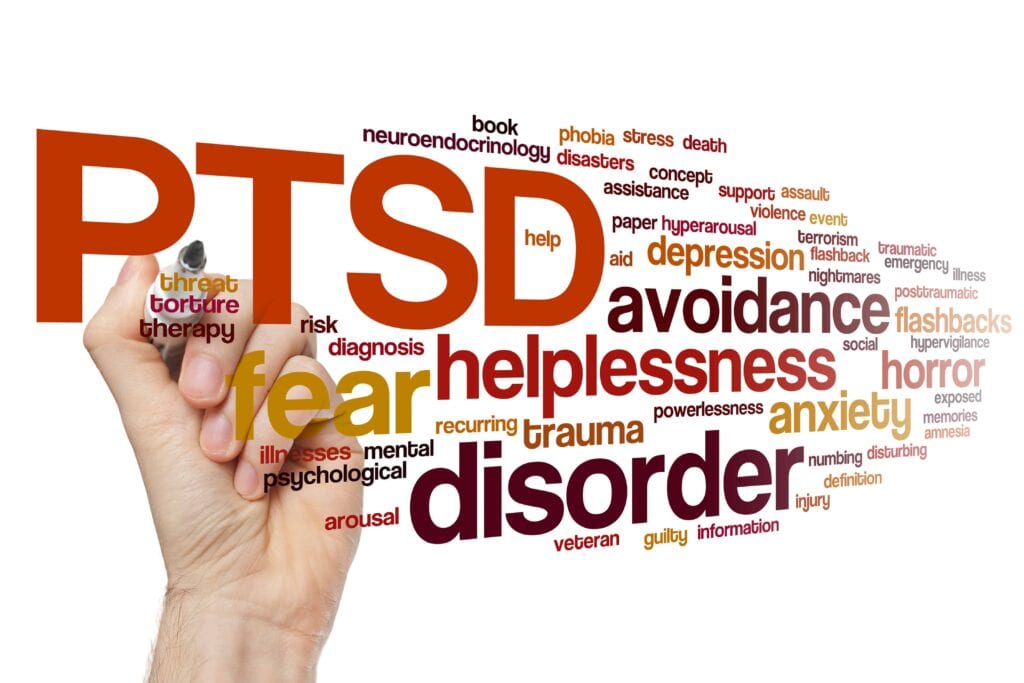
VA PTSD Rating Criteria Explained VA Claims Insider
In any 12-month period, 4.4 per cent or more than one million Australians will have PTSD. This makes it the second most common mental health condition next to depression. PTSD can have a profound impact not only on the individual but also on their family and friends. Acute stress disorder, PTSD and complex PTSD
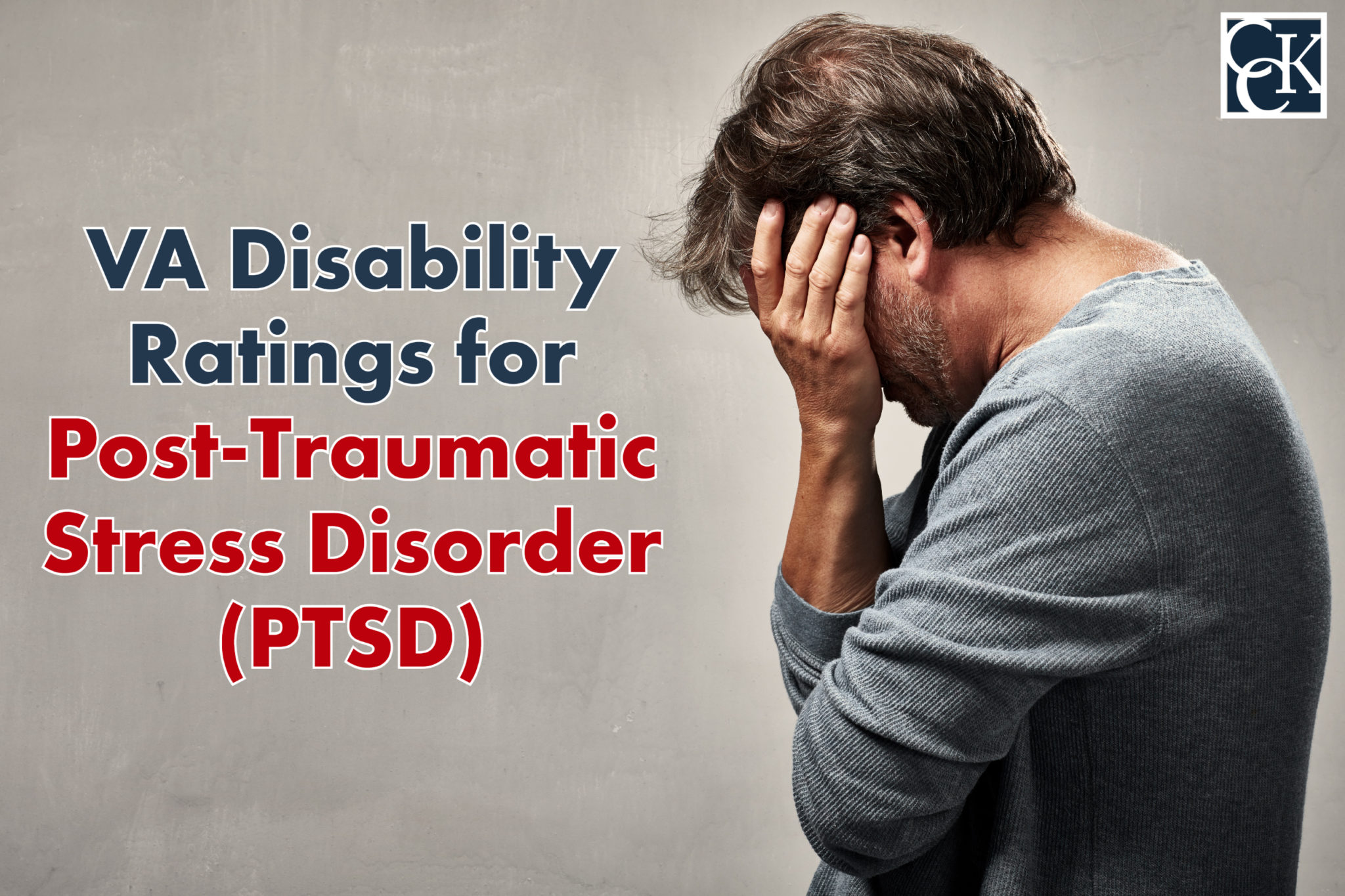
VA Disability Rating for PTSD Explained CCK Law
About this service. A factsheet about Post-traumatic stress disorder (PTSD), symptoms, managing life with PTSD, and treatment pathways. Also help for family & friends.

PTSD Secondary Conditions and VA Ratings CCK Law
In general, VA disability ratings range from 0% to 100%. However, for PTSD claims, the standard ratings are 0%, 30%, 50%, 70%, and 100%. These ratings are intended to capture the severity of your condition and how much it affects your ability to work and take care of everyday life tasks. Here's how the VA determines what percentage of a.
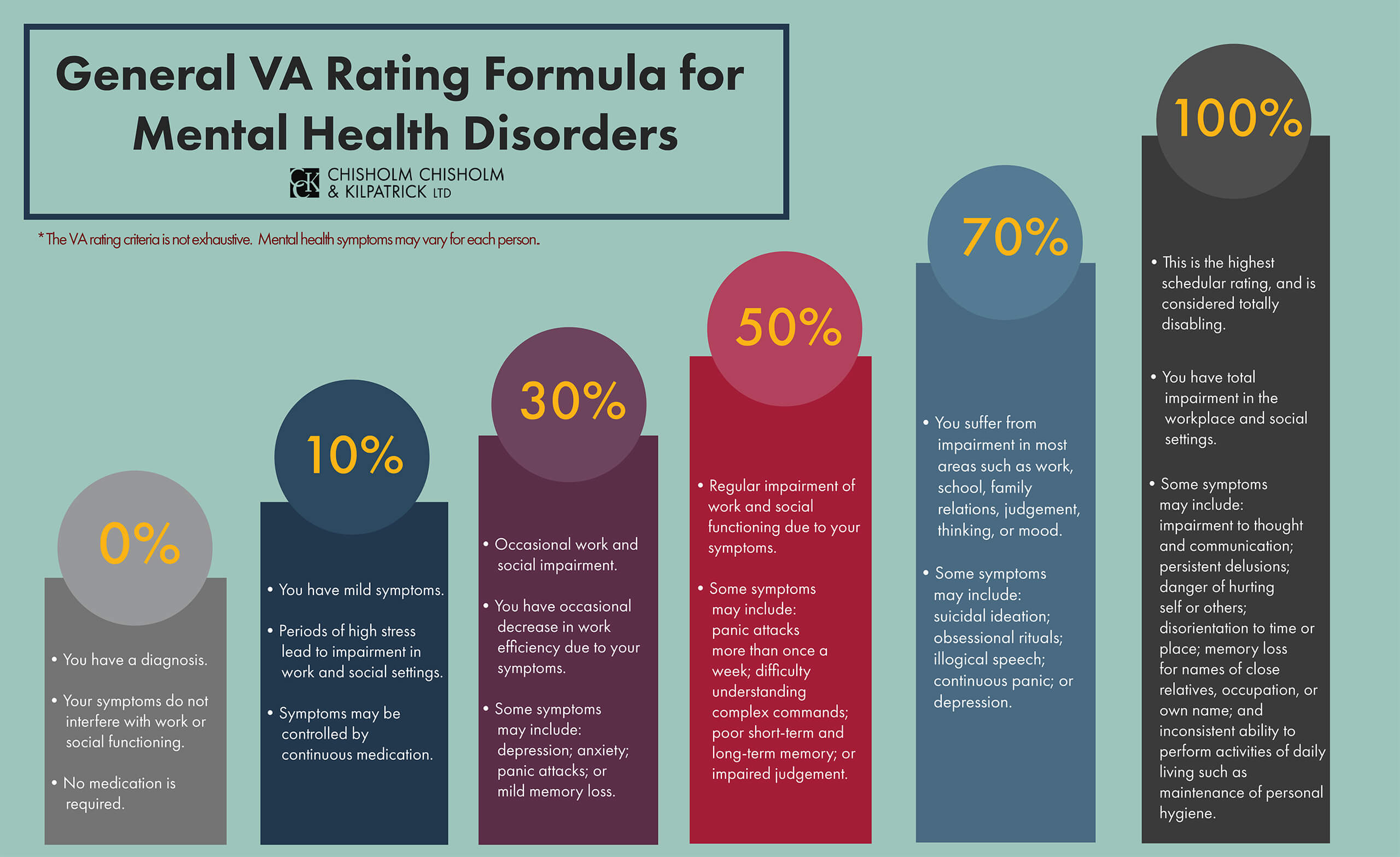
General VA Rating Formula for Mental Health Disorders CCK Law
PTSD disability ratings can be 10%, 30%, 50%, 70%, or 100%. Transparency about your worst symptoms is vital for your rating. VA often rates veterans by the average of their symptoms. So, if a veteran has such symptoms that fall in the 30, 50, and 70% PTSD rating ranges, they will often get a 50% PTSD rating. However, this is not the correct way.
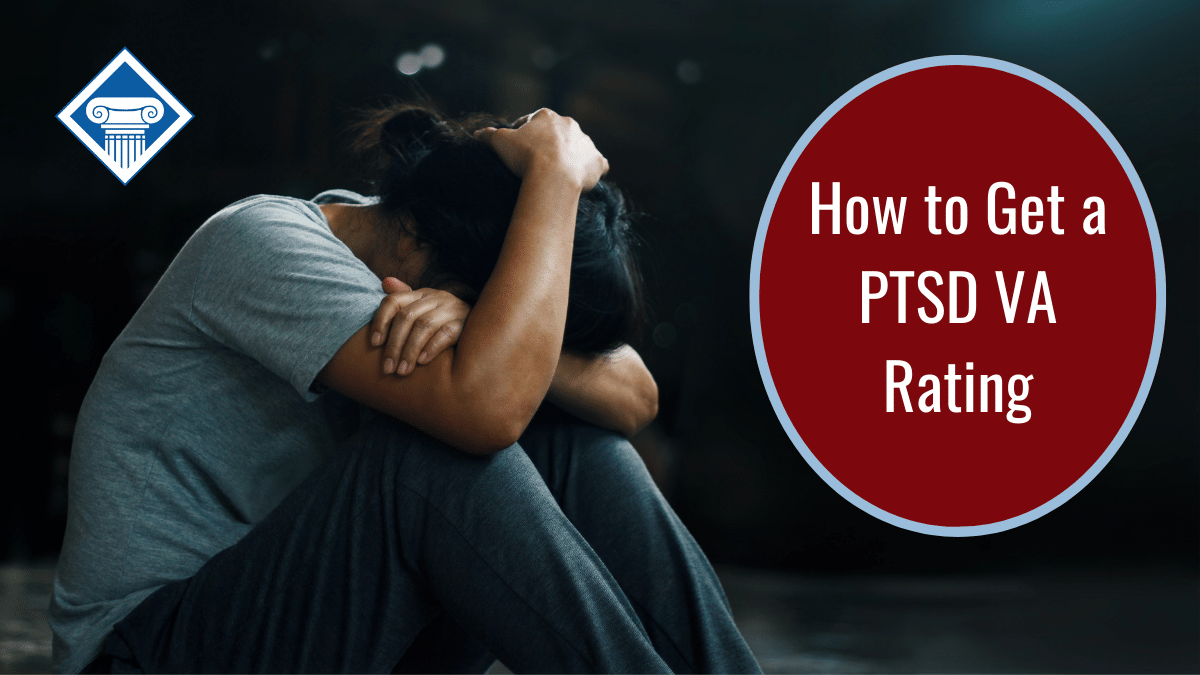
How to Get a PTSD VA Rating
For PTSD and most mental disorders, you will receive one of six disability ratings: 0 percent, 10 percent, 30 percent, 50 percent, 70 percent, or 100 percent. The criteria to receive each of these ratings are: The rating you receive is assigned by the VA when your service connection is established.

PTSD Rating Scale Explained RallyPoint
The average (mean) VA disability rating for PTSD is between 50 percent and 70 percent, with 53.9% of veterans being rated between 50% and 70%. VA Claims Insider considers mental health conditions to be a high-value VA disability claim, meaning conditions such as PTSD have a high likelihood of being rated at 30 percent or higher.

PTSD Checklist (PCL) average item score by time, stratified by
Clinician-Administered PTSD Scale for DSM-5 (CAPS-5) Clinician : The CAPS is a 30-item structured interview that is the gold standard in PTSD assessment. It can be used to make a current (past month) diagnosis of PTSD, lifetime diagnosis of PTSD, and assess severity of PTSD symptoms over the past week. Link: PTSD Checklist for DSM-5 (PCL-5) Patient
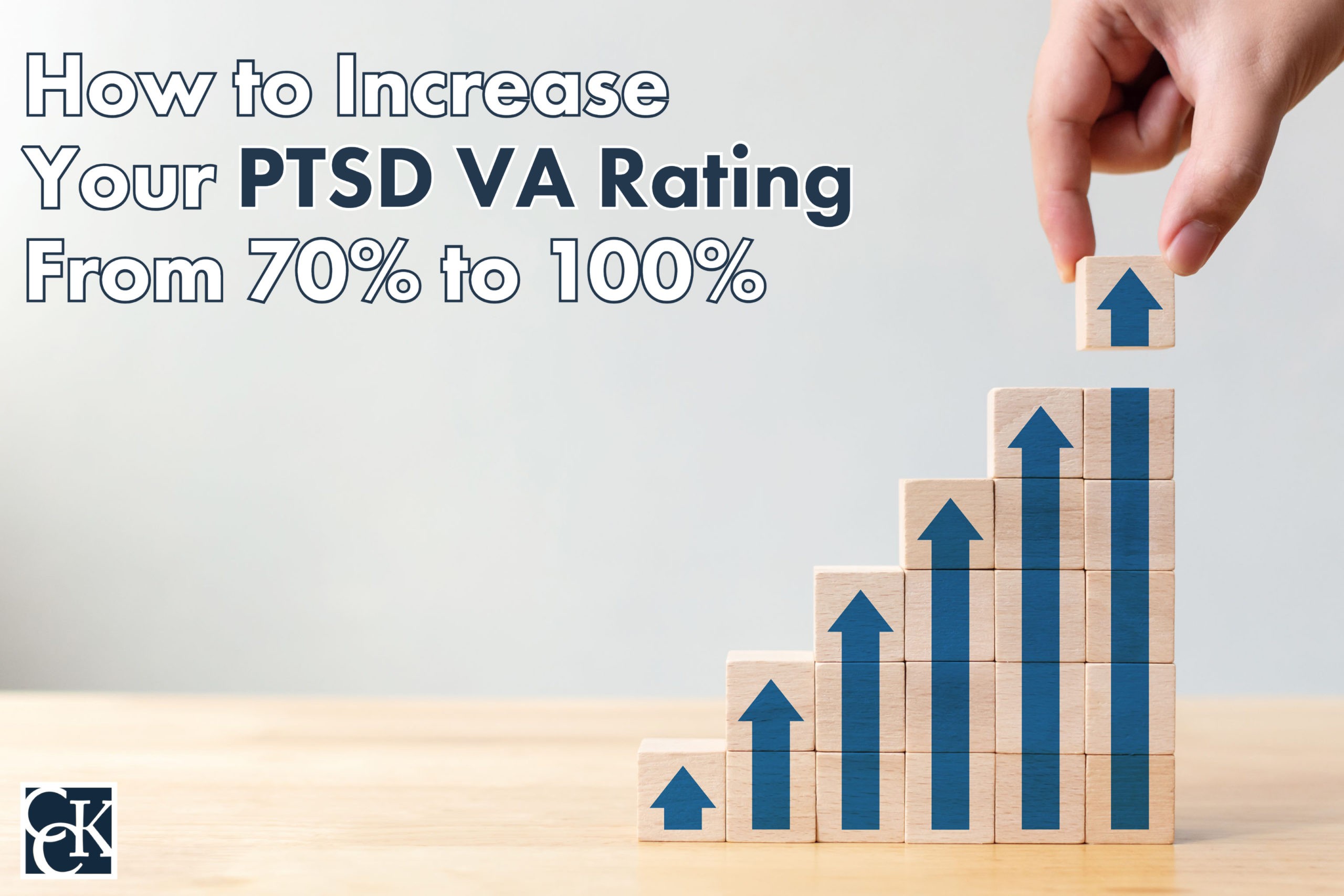
How to Increase Your PTSD VA Rating From 70 to 100 CCK Law
The VA has a special PTSD rating scale to set your PTSD VA rating. The VA will assign one of five VA rates: 0, 10, 30, 50, 70, or 100 percent. Here are some VA PTSD rating criteria for each PTSD VA rating: 0% - This is a formally diagnosed mental condition but symptoms are not severe enough to impact your occupational or social functioning or.

VA Disability Ratings for Post Traumatic Stress Disorder (PTSD)
Mental Health. Addiction; Anxiety ; ADHD; Asperger's; Autism; Bipolar Disorder; Personality
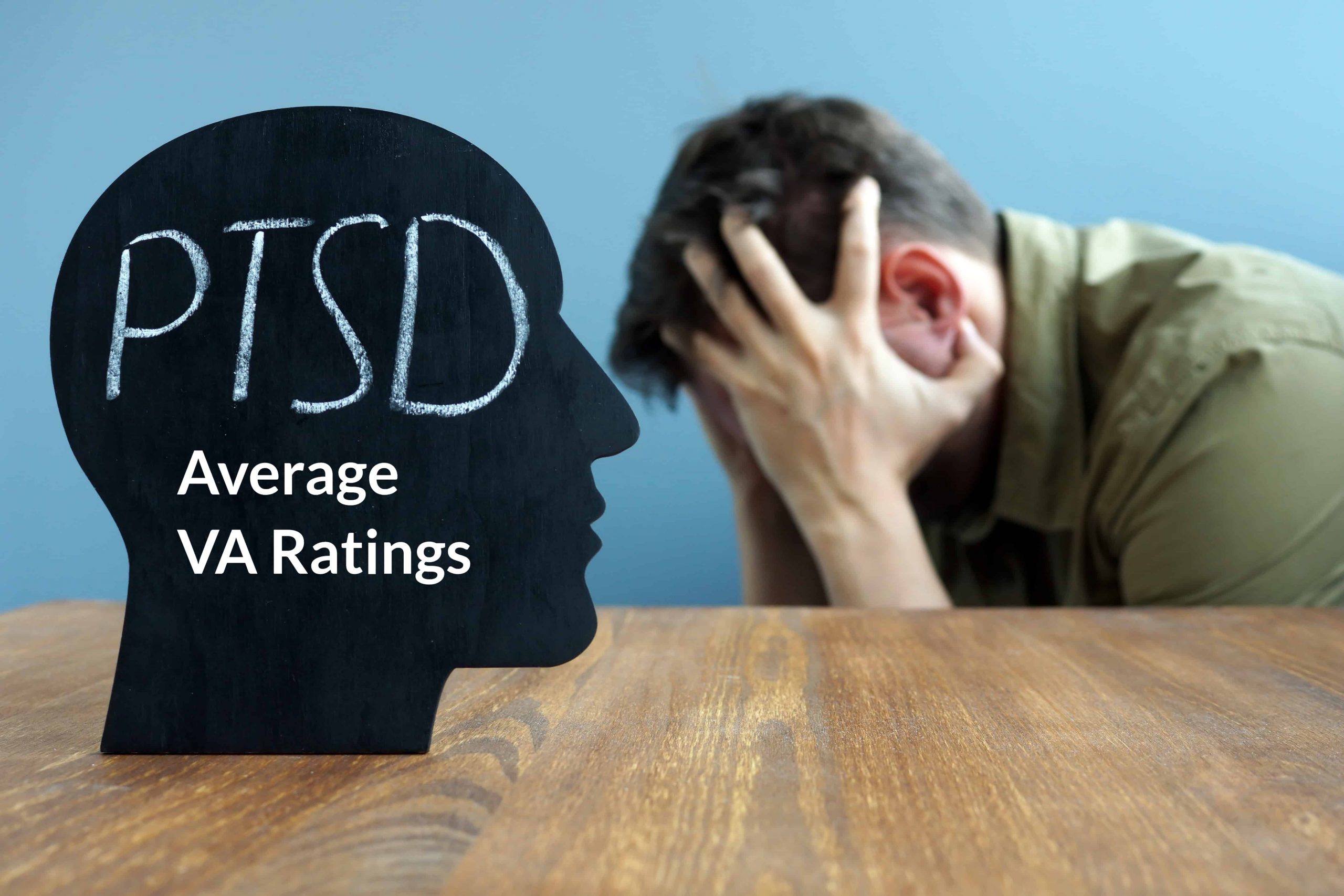
6 Tips to the PTSD Rating Scale Explained How the VA Determines Your
Davidson Trauma Scale (DTS) The DTS is a 17-item, Likert-scale, self-report instrument that assesses the 17 DSM-IV symptoms of PTSD. Both a frequency and a severity score can be determined. The DTS can be used to make a preliminary determination about whether the symptoms meet DSM-IV criteria for PTSD.
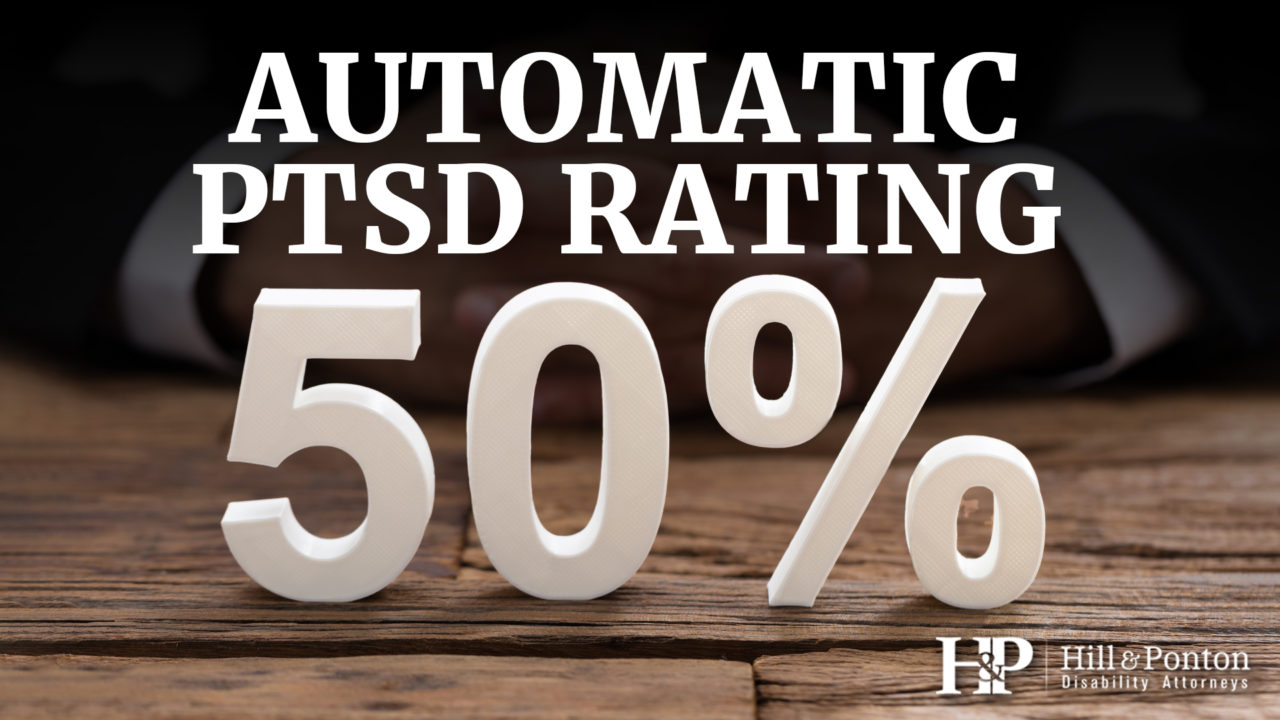
The VA’s Automatic 50 PTSD Rating Explained Hill & Ponton, P.A.
Treatment. Posttraumatic stress disorder (PTSD) is a disabling disorder that develops after exposure to a traumatic event. It is characterized by intrusive thoughts, nightmares, and flashbacks; avoidance of reminders of the trauma; negative cognitions and mood; hypervigilance and sleep disturbance. Diagnosis is based on clinical criteria.
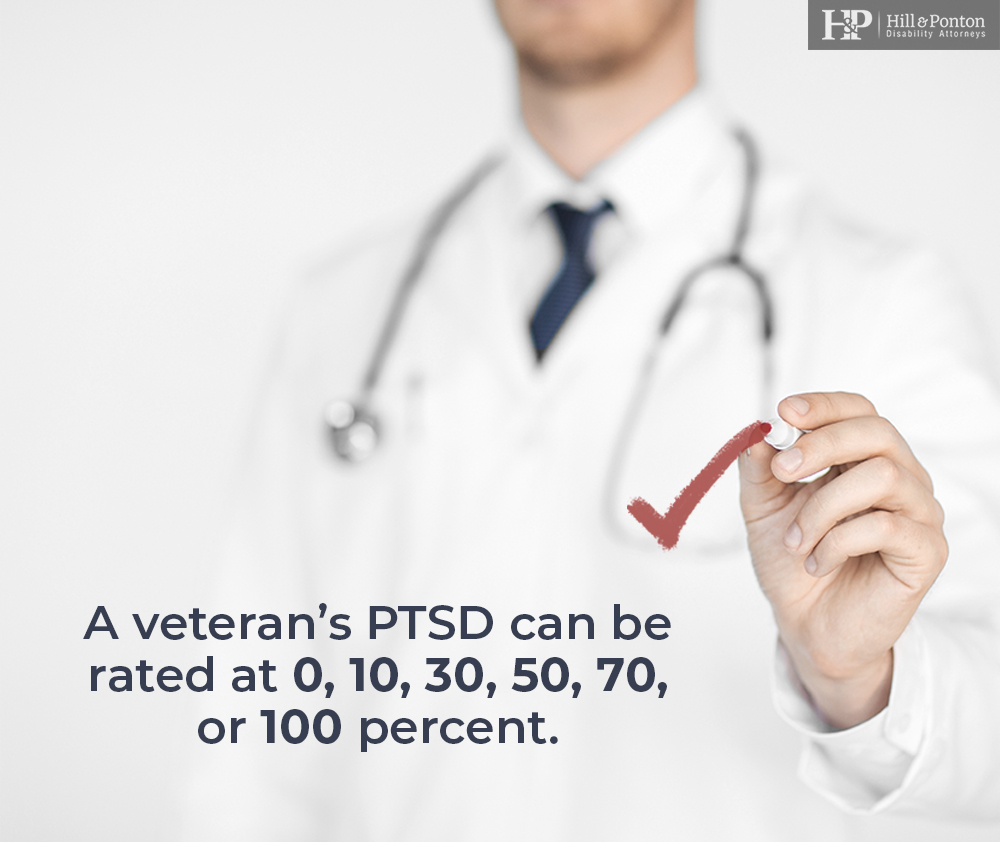
VA Disability Rating for PTSD Explained Hill & Ponton, P.A.
National Institute for Health and Care Excellence, United Kingdom, December 2018. This guideline covers recognising, assessing and treating post-traumatic stress disorder (PTSD) in children, young people and adults. It aims to improve quality of life by reducing symptoms of PTSD such as anxiety, sleep problems and difficulties with concentration.
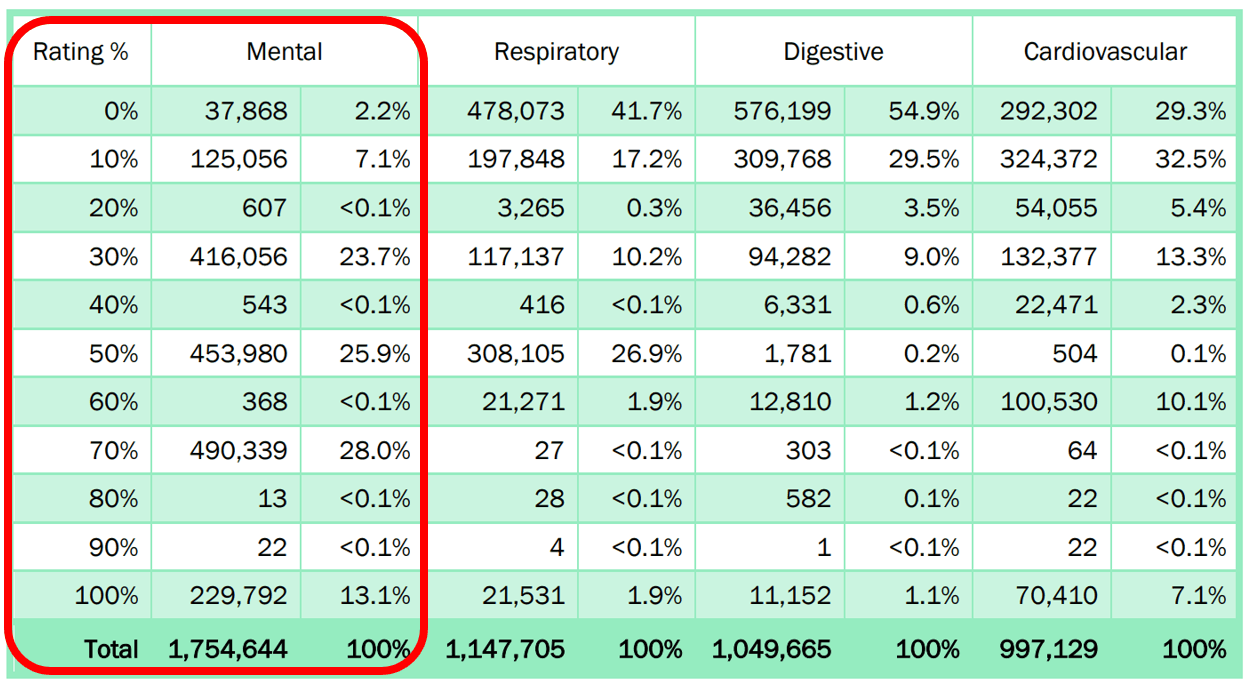
PTSD VA Rating Statistics The Insider’s Guide
Since PTSD is a complex condition and many of the symptoms within the rating criteria overlap, you may not fall completely into one percentage category.; For example, you may experience mild memory loss in addition to impaired judgment and flattened affect, meaning your symptoms are consistent with both a 30 percent and a 50 percent rating on the PTSD rating scale.
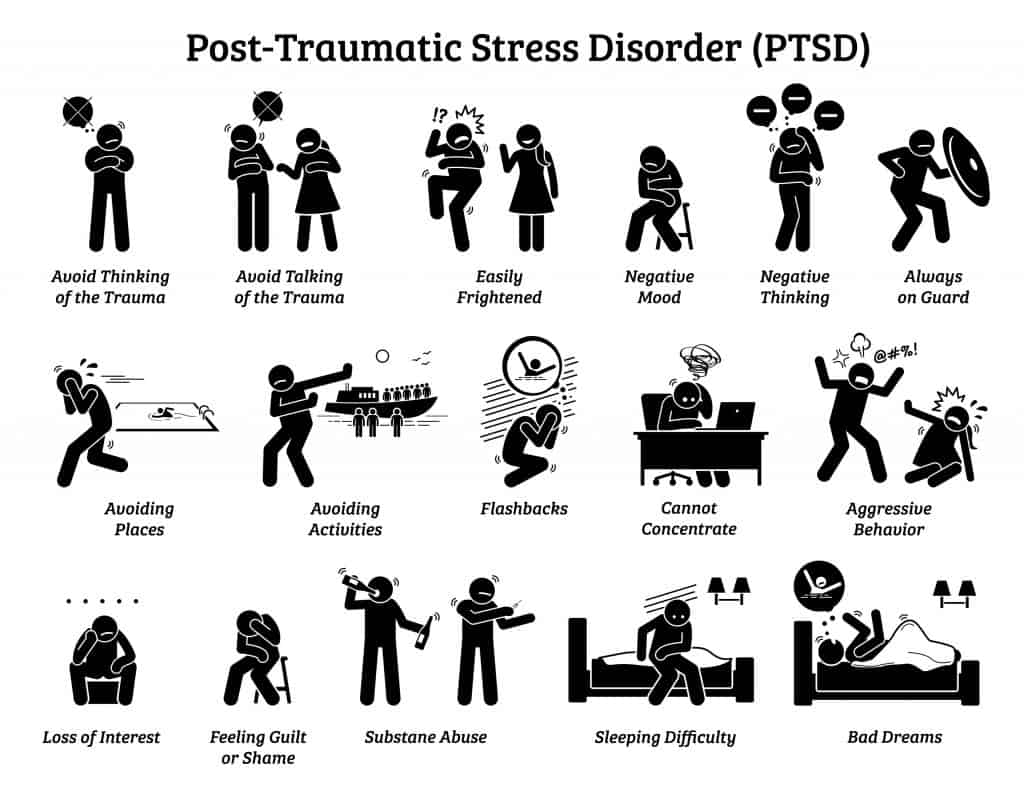
VA PTSD Rating Criteria Explained
Thursday, 30 June 2022. This patient guide outlines recommendations for evidence-based treatments for PTSD, including trauma-focused cognitive behavioural therapy, prolonged exposure, cognitive processing therapy and trauma-focused cognitive therapy.
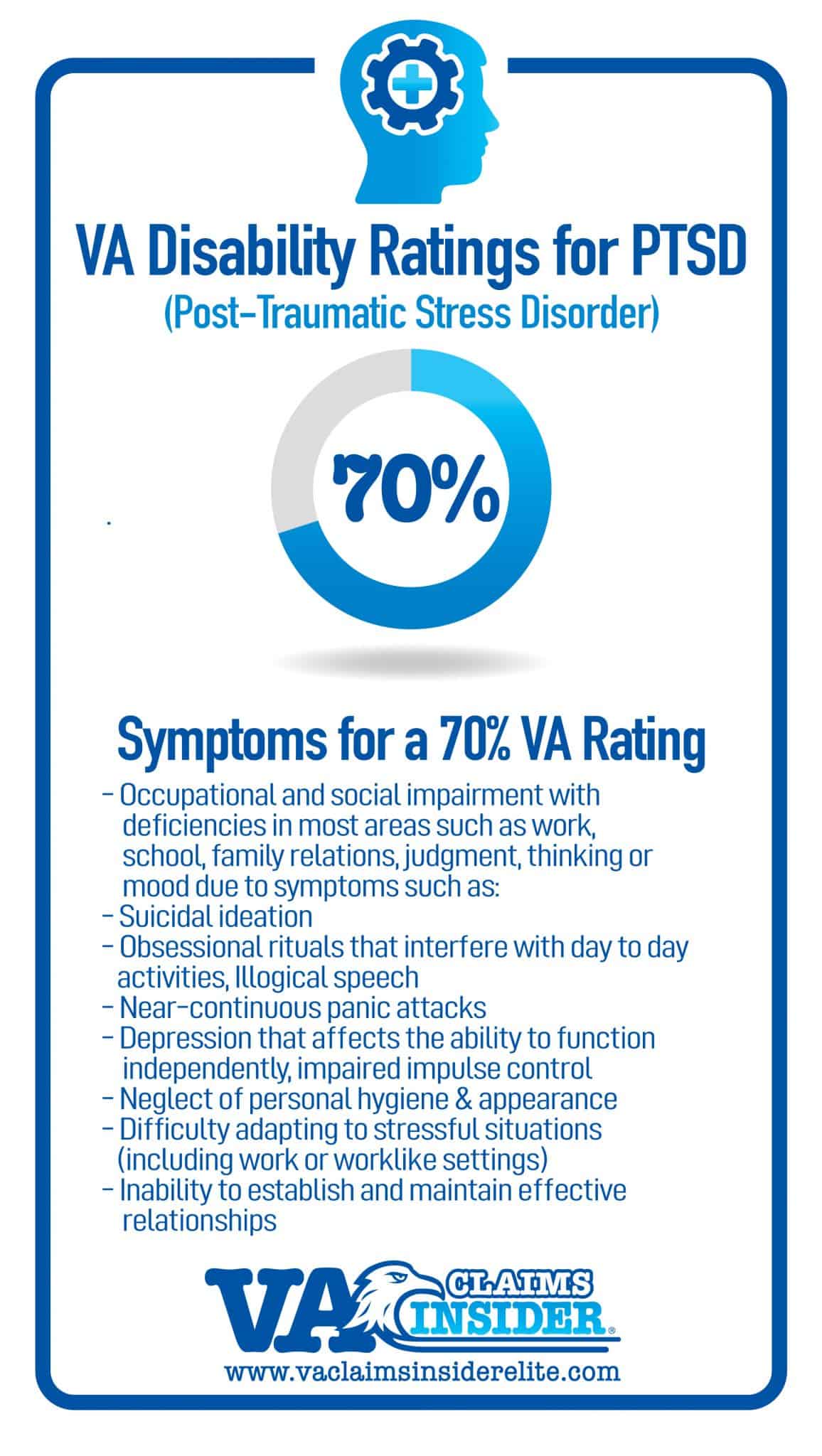
6 Tips to the PTSD Rating Scale Explained How the VA Determines Your
More Information. Posttraumatic stress disorder (PTSD) involves intense, unpleasant, and dysfunctional reactions after an overwhelming traumatic event. Events that threaten death or serious injury can cause intense, long-lasting distress. Affected people may relive the event, have nightmares, and avoid anything that reminds them of the event.
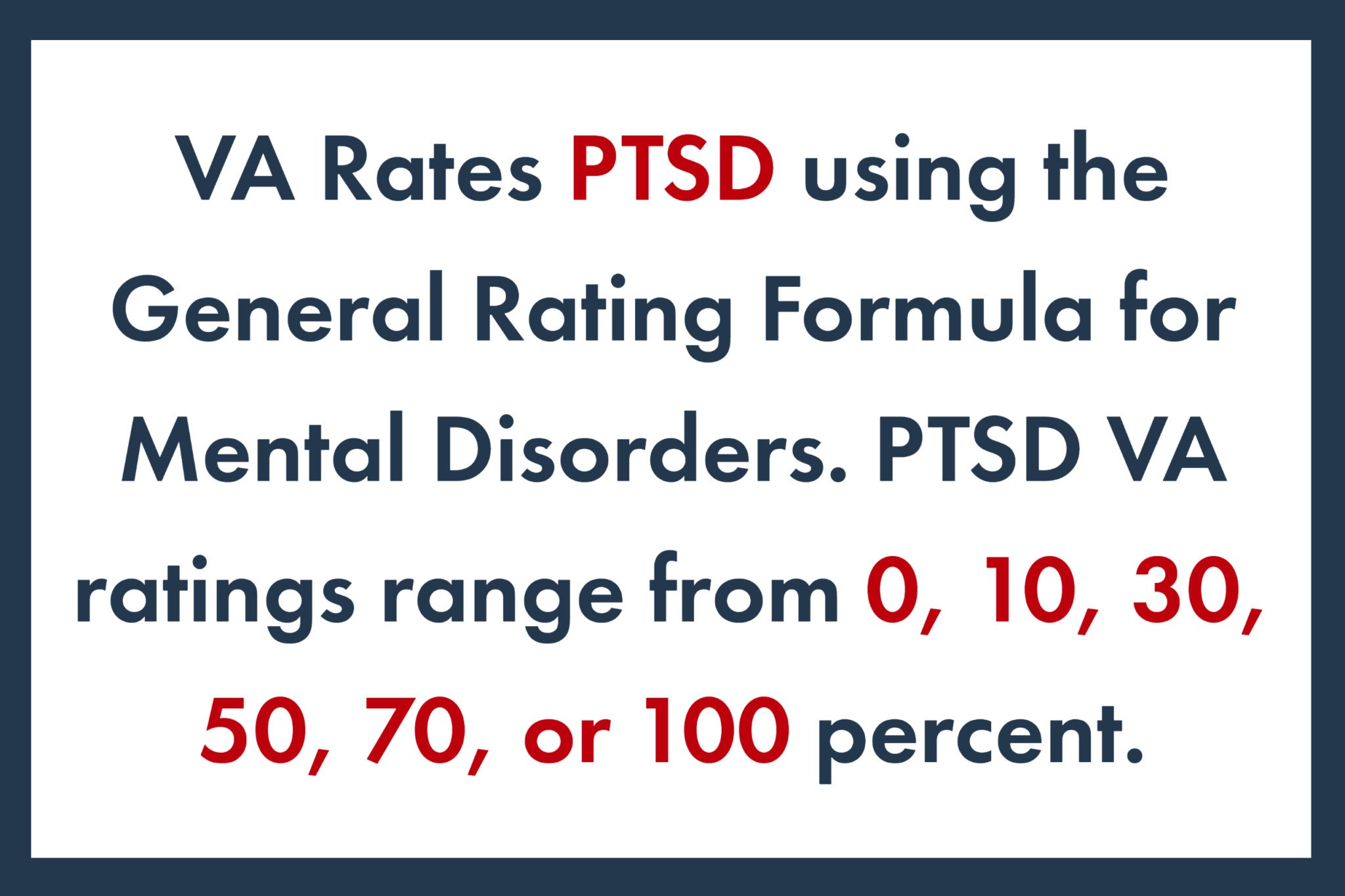
VA Disability Rating for PTSD Explained CCK Law
In 2022, the average PTSD rating is 70%, but veterans can be rated from 0% to 100% with breaks at 10%, 30%, 50%, 70%. But first, let's take a minute to explore the law regarding the level of occupational and social impairment for the PTSD rating scale. Table of Contents.